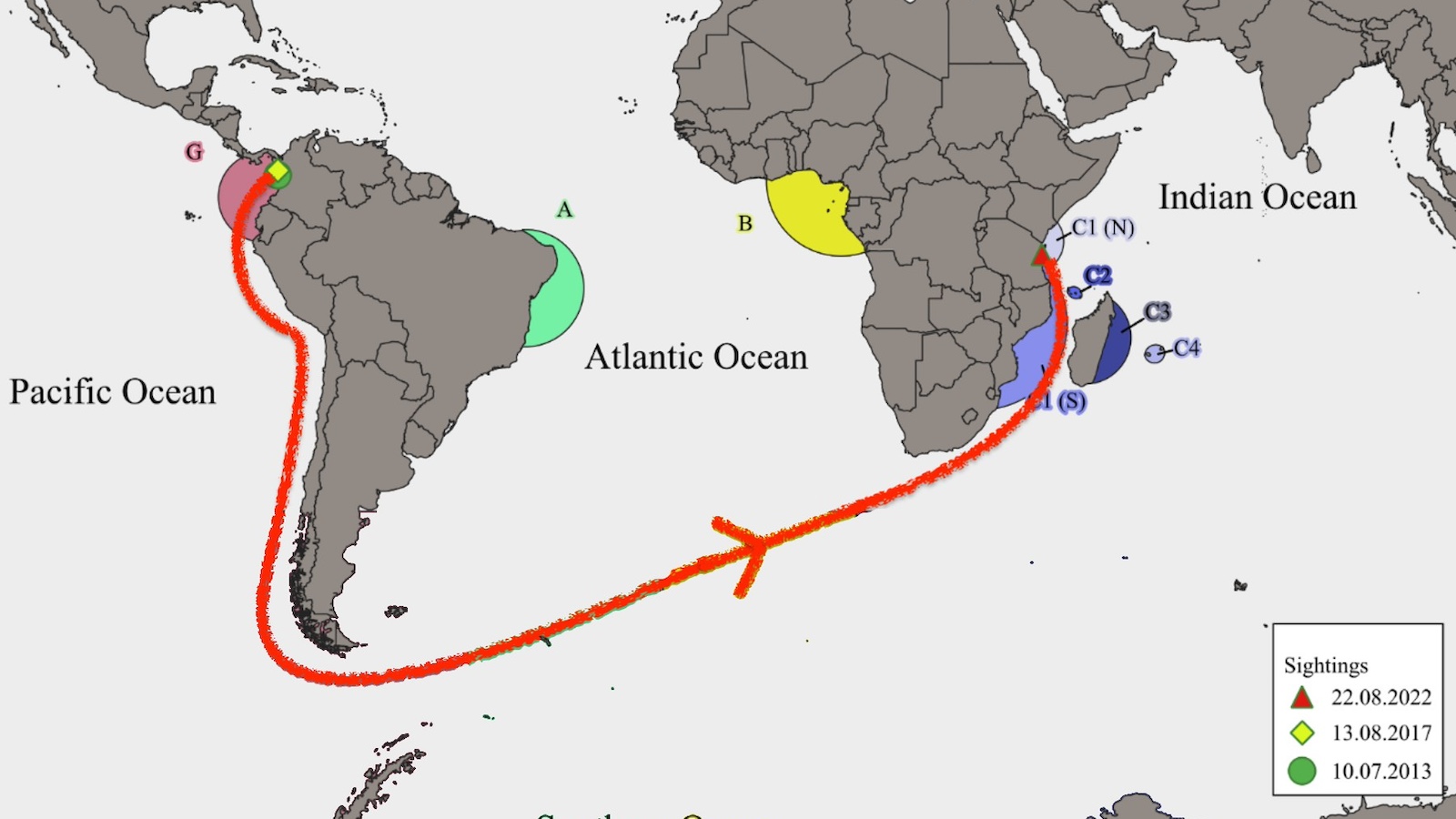Gerrymandering and the Politics of Revenge
It’s been a week since the presidential election and all the focus has shifted to whether there will be some sort of “grand bargain” between the White House and congressional Republicans on the so-called “fiscal cliff.”
And yet, to answer this question, argues New York University professor of politics Bruce Bueno de Mesquita, we have to look back at the election itself. In other words, how do we select candidates and how do they keep their hold on power? The short answer, according to de Mesquita, is that Congress gets to pick its own voters, and not the other way around. This explains the phenomenon that we might term revenge politics.
What’s the Big Idea?
According to de Mesquita, Democrats want to raise taxes on the rich who are disproportionately Republican. The Republicans want to cut benefits and entitlements that benefit “the relatively poor who disproportionately vote Democrat.” (This analysis may strike some, including myself, as overly simplistic. As the Weekly Standard editor William Kristol recently argued, Republicans should go ahead and raise taxes on millionaires, “half of whom voted Democratic, and half of whom live in Hollywood and are hostile to Republicans.” One can also point out that deep red states such as Alabama, Alaska and Louisiana receive a much higher percentage of spending per dollar of federal taxes than their blue state counterparts. So why should Democrats fall on their swords to protect the interests of these voters?)
These objections notwithstanding, de Mesquita’s point is that politicians are incentivized to reward their constituencies. Moreover, members of Congress get to create their own incentives because they get to draw their own districts. The advantage of this political mechanism, known as gerrymandering, is that incumbents have made it very easy for themselves to get re-elected, and therefore much less accountable. That is why Congress tends to pass the buck along so often when faced with a difficult challenge. And that is why, while Congress’s approval rating sits in the single digits, we keep sending the same old bums back to Washington.
Watch the video here:
What’s the Significance?
de Mesquita argues that power is the primary motivation of our leaders, and he points to examples throughout history to show how leaders — both democratic and otherwise — will do almost anything to cling to power. In our contemporary American political system, the most powerful tool for these incumbents is gerrymandering.
While Republican candidates in Congress received 500,000 fewer votes than Democrats, they still hold the majority. As Grover Norquist recently noted on Big Think, Republicans picked a good year, 2010, to win control of Congress and many state legislatures. That was the year of the census, when legislative districts are redrawn. The Republicans who came to power simply drew themselves a map that would be very favorable to themselves. And that is why Republicans have a very good chance of retaining the House over the next several election cycles, even as Democrats maintain an advantage in the Electoral College.
But what if we got rid of gerrymandering and made 200 races in the House competitive every two years instead of just 30 or 40? As David Broder told Big Think, this would force Congress to actually deal with issues.
UPDATE: As the commenter Disenfranchised in IL pointed out, of course both Democrats and Republicans use gerrymandering to their advantage. As this article points out, Republicans happen to have an advantage right now as they won control of many state legislatures in 2010. Had those elections gone the other way, there is very little reason to believe Democrats would have acted differently. Illinois is one example.
Image courtesy of Shutterstock





